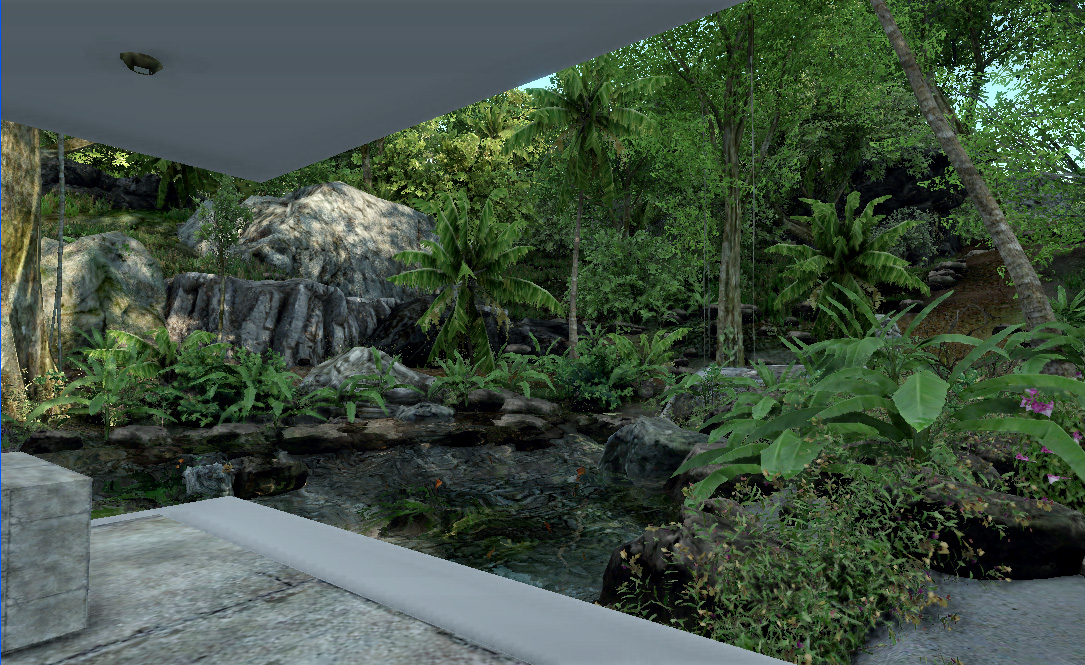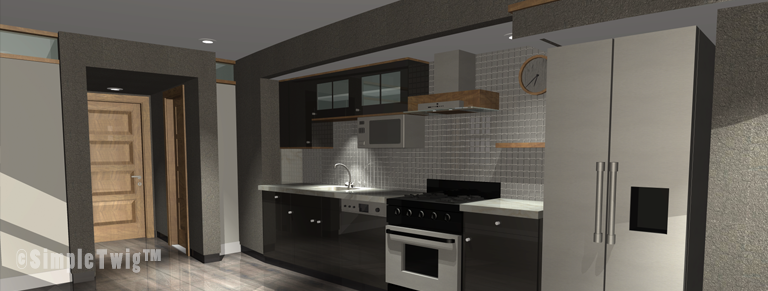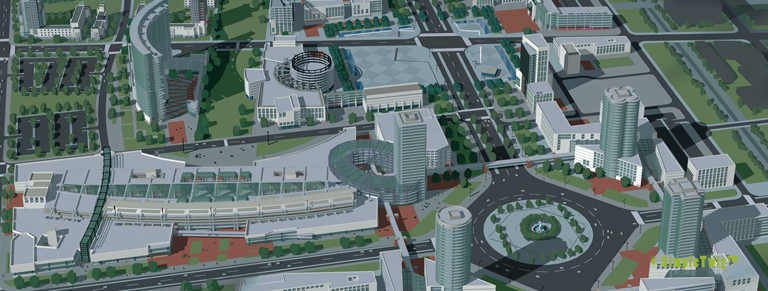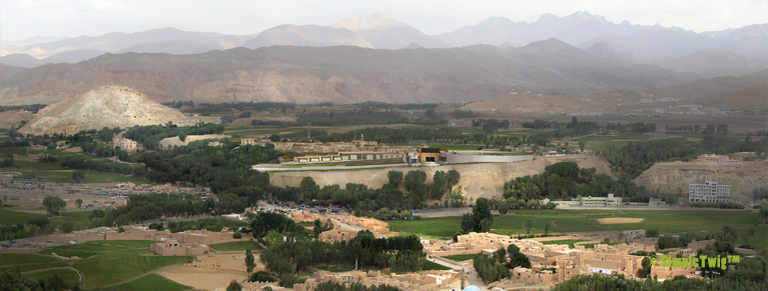[winter] Tips for taking care of snow
Every winter, at least those with a lot of snow, we pull out our shovels and get to it. But there are things you can do to make the snow go away faster, and make the job easier…
It goes without saying that removing snow from sidewalks is imperative to keep people safe from falls and make life easier for those pushing strollers, or for old people to get around. One winter while shoveling my own sidewalk I looked across a street and saw an elderly woman literally stuck at a crosswalk. There was no way for her to cross as the snow was just too deep. Upon approaching her with my shovel she quickly apologized saying she had to get to the pharmacy. So I shoveled a path for her to get to the other sidewalk. It’s just too bad those who lived on those corner lots didn’t take care of this themselves.
So lets get to the tips:
David Geffen Hall, Lincoln Center Renovation, by Nicholas Buccalo – NY Times
New York Times: David Geffen Hall at Lincoln Center
Lincoln Center and the New York Philharmonic announced the final details yesterday of their collaborative plan to renovate the stage of Avery Fisher Hall (now David Geffen Hall). The renovation is to take place from Aug. 23 to Sept. 12. It is to cost $3 million, and will involve no alterations to the hall itself.
The announcement was made at a news conference by Nathan Leventhal, the president of Lincoln Center, and Deborah Borda, the general manager of the Philharmonic. Also present were Kurt Masur, the orchestra’s music director; Russell Johnson, the chairman of Artec Consultants and the project’s acoustician, and John Burgee, the Architect who oversaw the hall’s last renovation, in 1976, and who is overseeing the visual aspects of the current renovation.
Continue reading “David Geffen Hall, Lincoln Center Renovation, by Nicholas Buccalo – NY Times”
The Dark Side of the Building Code
Every building code is designed to keep people safe and improve their lives, but often the code imposes a negative impact on the potential quality of a place.
Apartment Reno in Brooklyn
A clean design that brings out the best of a basement apartment in Brooklyn.
Helping Cities Grow: What to do.
An important issue for many cities dealing with circumstances initiated by others in the past, like a blighted looking city filled with parking lot scars, etc. From my experience I’ve witnessed many cities do the wrong thing in order to encourage development. The point of this post is, if you do something, it could have a negative impact on your city, so make sure you do the right thing. Continue reading “Helping Cities Grow: What to do.”
The Future City, Our Future Life
Hastened by the rapid growth of humans on this earth, our needs far outpace our ability to think rationally about what is required by us and what is required by our earth. It must be understood that we can not just allow our cities to bleed out and merge with other urban areas indefinitely for a multitude of reasons, the loss of nature, the total inefficiency in first building and then maintaining such a beast, and the probable lack of quality housing which itself needs maintaining.
So if we set goals, perhaps we can address the real issues facing our society.
1) To build in such a way to allow infrastructure to be easily maintained, first by limiting how much infrastructure we build by building it ‘more efficient.’
2) To provide housing that in it’s core can be refurbished without extra effort, to ensure it’s bones serve future generations.
3) To preserve nature, both on the outskirts of urban areas but to incorporate it into those areas.
4) To build housing that serves all the needs of humans, of privacy versus public, of closed versus open, of fully functional while relaxing, interconnected while remaining unique an special in it’s place.
5) To create infrastructure that has built in a highly efficient transportation system for all things, goods, people, utilities, in such a way that they inherently can ensure weather and the elements that normally cause decay, and to do so in a way to encourage identity rather than ubiquitousness.
6) To reinforce hierarchy within our urban environments, to encourage pride and identity of one’s place, in order to help with it’s maintenance.
7) To create vehicular systems that allow quick transportation of all individuals without the need of individual vehicles, but to also offer the infrastructure to support vehicles that can be securely storage from criminal activity and weather, to help ‘ween off’ individuals from their dependency.
8) By removing vehicles from the street scape, to encourage nature scapes within all communities, to fully integrate nature and the urban environment in such a way that reinforces safety and beauty.
While there is always the danger of creating a ‘utopian idea’ that is doomed for failure, the notion that we shouldn’t think about how we plan for the future is pure folly and has obvious ramifications, like heavy taxes to afford maintenance of the monster, air and environmental pollution, horrible neighborhoods and housing, dangerous streets due to overcrowding of vehicles, etc. There is a way to take what we know about urban living and infuse this with new concepts that both respect the human individual, the environment and the mechanism that is the city to create a balance that is truly functional and beautiful. Why wouldn’t us humans try to achieve exactly this?
In future posts, I will break this down with examples for each item, to begin to establish in concrete terms what it means to use efficiency to create a better more affordable world.
Designing a better Urban Residential Block
It’s long overdue, that is, the re-design of our urban fabric. What we have today stems from century old thinking and technology as well as the notion of building only what is required for today. Continue reading “Designing a better Urban Residential Block”
[architecture] Afghan Cultural Centre 9/24
A cultural center has a unique opportunity to bring people of diverse backgrounds together to appreciate a culture. For this proposal we bring together the rich culture of the Bamiyan people of Afghanistan in one complete composition that embraces the culture, the landscape and the core beliefs all humans share, in physical form.
Continue reading “[architecture] Afghan Cultural Centre 9/24”
[architecture] Building Brick Neighborhoods
Based on the previous post, lets look at what defines a neighborhood. Certainly in most neighborhoods there is an implied center, perhaps a linear street filled with shops, that becomes the focus of people’s daily needs. Continue reading “[architecture] Building Brick Neighborhoods”








